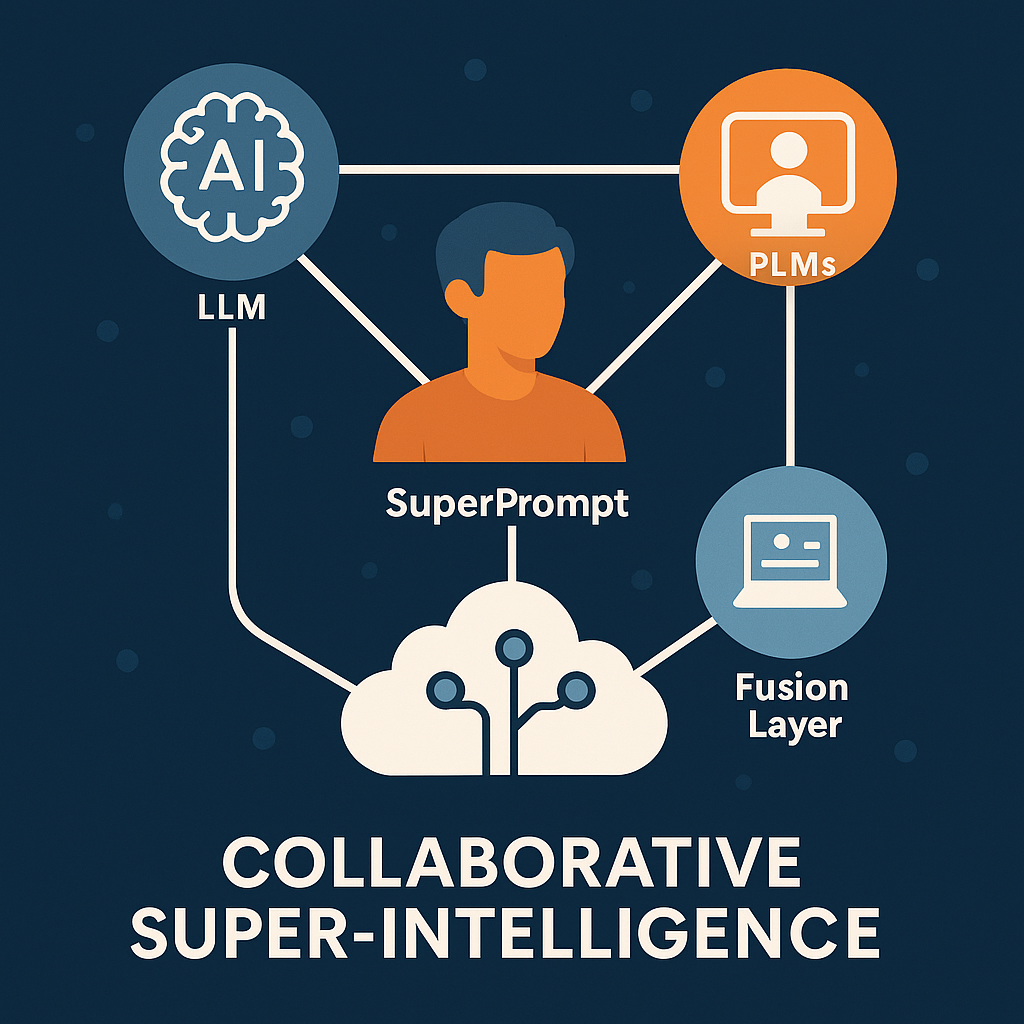The Spark: Music Stream NFTs and a Blind Spot in AI
The idea of Professional Language Models (PLMs) was born out of frustration. While building TheTopSpotOnline, I found myself repeatedly explaining Music Stream NFTs to AI platforms just to get basic help with writing and strategy. Every time, they confused it with a “Music NFT.” But they’re not the same thing.
A Music NFT is digital merch.
A Music Stream NFT is a new revenue model, tied directly to streaming stats, ad revenue, and fan trading.
That nuance mattered—but AI didn’t understand it. And that’s when I realized something important: there’s an entire universe of human knowledge that AI simply doesn’t know. Not because it’s obscure, but because it’s never been written down in the datasets LLMs are trained on. AI is powerful, but without human expertise, it’s incomplete.
Enter PLMs: Professional Language Models
A Professional Language Model (PLM) is a digital extension of human mastery. It captures the structured expertise of a professional—whether in music, medicine, law, or engineering—and makes it:
Queryable: anyone can ask it questions.
Sharable: expertise becomes accessible beyond one-on-one interactions.
Monetizable: experts are compensated when their knowledge is used.
On PLMMarket.com, experts can build, own, and profit from their PLMs, creating a living knowledge economy where human insight isn’t just preserved, but actively sustained.
Beyond Monolithic Models: Why Collaborative Super-Intelligence
Big AI labs are racing to build ever-larger LLMs. But monolithic models come with real limits:
Knowledge Dilution: breadth comes at the cost of depth.
Context Fragility: fine-tuned expertise is brittle.
No Ownership: no human is accountable for the answers.
Illusion of Objectivity: answers lack provenance—was it peer-reviewed research or a Reddit post?
Collaborative Super-Intelligence offers a better path. Instead of one godlike model, it’s a network:
SuperPrompts aggregate input from generalist AIs (e.g., GPT, Gemini, Grok).
PLMs add expert depth, each tied to real professionals who maintain and update them.
Fusion Layers combine the outputs, detecting conflicts, scoring confidence, and tagging perspectives.
The result: answers that are multi-dimensional, grounded in lived expertise, and more trustworthy than any single model could produce.
Real-World Impact
Medicine: Consult a neurologist’s PLM cross-validated with real-time medical research.
Business Strategy: A VC’s PLM fuses with live market trend data.
Music Industry: A Music Monetization PLM maps release strategies, layered with TikTok trend data and ad performance models.
This isn’t theoretical—it’s deployable. Early prototypes show orchestration systems can already outperform single large models.
Why People Matter
While LLMs simulate expertise, PLMs are curated by real people who:
Continuously update their models.
Are accountable for their accuracy.
Can monetize their insights.
Bring provenance and responsibility back into AI.
Superintelligence isn’t “man vs. machine.” It’s man + machine + orchestration = Collaborative Super-Intelligence.
The Call to Action
With PLMMarket.com, we’re building the first framework for Collaborative Super-Intelligence.
For Professionals: Build your PLM, own your legacy, and get paid for your expertise.
For Enterprises: Secure and scale institutional knowledge with PLMs.
For AI Developers: Plug into a system that gives your models context, feedback, and guardrails.
Because the future of AI isn’t about replacing people. It’s about unlocking the knowledge we’ve been carrying all along.
AI without people isn’t intelligence at all.
8/23/2025
